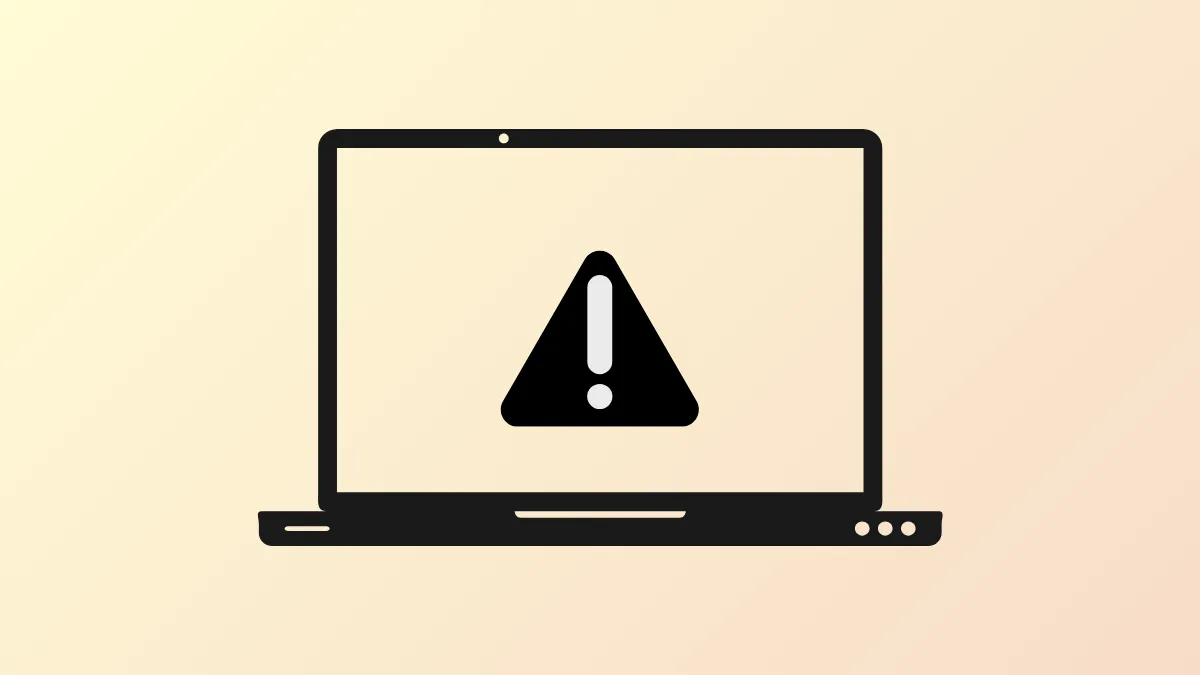System updates in Windows 11 sometimes fail with the message "We couldn't update the system reserved partition," especially on devices that were upgraded from older Windows versions or have limited partition sizes. This error stops the update process and prevents your system from installing vital security patches and new features. The root cause is almost always a full or undersized System Reserved Partition (SRP), which stores essential boot and recovery data. Addressing this issue involves freeing up space, repairing system files, or expanding the partition size.
Free Up Space on the System Reserved Partition
Step 1: Determine your partition style before making changes. Press Windows + R, type diskmgmt.msc, and press Enter. In Disk Management, right-click your main disk and select Properties. Under the Volumes tab, check if your disk uses GPT (GUID Partition Table) or MBR (Master Boot Record).

Step 2: Assign a drive letter to the System Reserved Partition so you can access its contents. In Disk Management, right-click the SRP (often labeled "System Reserved" or "EFI System Partition"), select "Change Drive Letter and Paths," and add a letter (such as Y:).
Step 3: Open Command Prompt as an administrator. For GPT partitions, enter:
mountvol Y: /s
This mounts the EFI partition as drive Y:.
Step 4: Navigate to the fonts folder within the partition. For GPT, use:
cd /d Y:\EFI\Microsoft\Boot\Fonts
For MBR, use:
cd Y:\Boot\Fonts
Step 5: Delete unnecessary font files to free up space. Enter:
del *.ttf
Confirm deletion if prompted. Removing these files typically frees up enough space for the update. Only delete language folders or font files you do not need—do not remove files unless you are certain they are non-essential.
Step 6: Remove the drive letter from the SRP after completing the cleanup. In Disk Management, right-click the partition, select "Change Drive Letter and Paths," choose the assigned letter, and click Remove.
Repair Corrupted System Files
Corrupted system files in the SRP can cause update errors. To repair them:
Step 1: Open Command Prompt as an administrator.
Step 2: Run the System File Checker tool:
sfc /scannow
This scans and repairs corrupted Windows system files, which may resolve update issues if file corruption in the SRP is detected.
Check the Partition for Disk Errors
File system errors or bad sectors on the SRP can also block updates.
Step 1: Open Command Prompt as an administrator.
Step 2: Run the Check Disk tool on the SRP (replace Y: with your assigned drive letter):
chkdsk Y: /f /r
This checks for and repairs file system errors and bad sectors. Allow the tool to finish before proceeding.
Increase the Size of the System Reserved Partition
If the SRP is too small (commonly 100MB or less), freeing space may not be enough. Increasing its size often provides a permanent fix, especially for future updates.
Step 1: Use a trusted third-party partition manager (such as AOMEI Partition Assistant, Partition Wizard, or similar tools). Some tools require payment for this function, so check their features before proceeding.
Step 2: Open the partition manager as an administrator. Locate the SRP and any unallocated space adjacent to it. If necessary, shrink the main C: partition to create unallocated space next to the SRP.
Step 3: Select the SRP and choose the option to resize or extend the partition. Add at least 100–300MB of space to the SRP. Apply the changes and allow the tool to complete the resizing operation. Your computer may need to restart during this process.
Step 4: Once the partition has been resized, attempt the Windows update again. The update should now proceed without the SRP error.
Alternative: Clean Install of Windows 11
When all other methods fail or if partition corruption is severe, performing a clean installation of Windows 11 can resolve persistent SRP errors. This process removes all partitions, including the existing SRP, and creates a new, properly sized partition during installation.
Step 1: Back up all personal files to an external drive or cloud storage.
Step 2: Create a Windows 11 installation USB using the official Media Creation Tool from Microsoft.
Step 3: Boot from the USB and follow the installation prompts. When asked where to install Windows, delete all partitions on the target disk (including SRP and EFI partitions) and allow Windows to create new partitions automatically.
Step 4: Complete the installation and restore your files from backup.
This method guarantees a fresh SRP with enough space for updates, but removes all data from the system drive.
Tips for Preventing Future Update Issues
- Regularly check the free space on your system reserved partition using Disk Management.
- Keep your system drivers and firmware up to date to minimize compatibility issues during updates.
- Back up system images and critical files before making partition changes or major updates.
- Use disk cleanup utilities to remove unnecessary files from your system drive, but avoid modifying the SRP unless necessary.
Resolving the "We couldn't update the system reserved partition" error in Windows 11 improves update reliability and restores your system's ability to receive new features and security fixes. With careful partition management and regular backups, you can avoid similar update blocks in the future.


